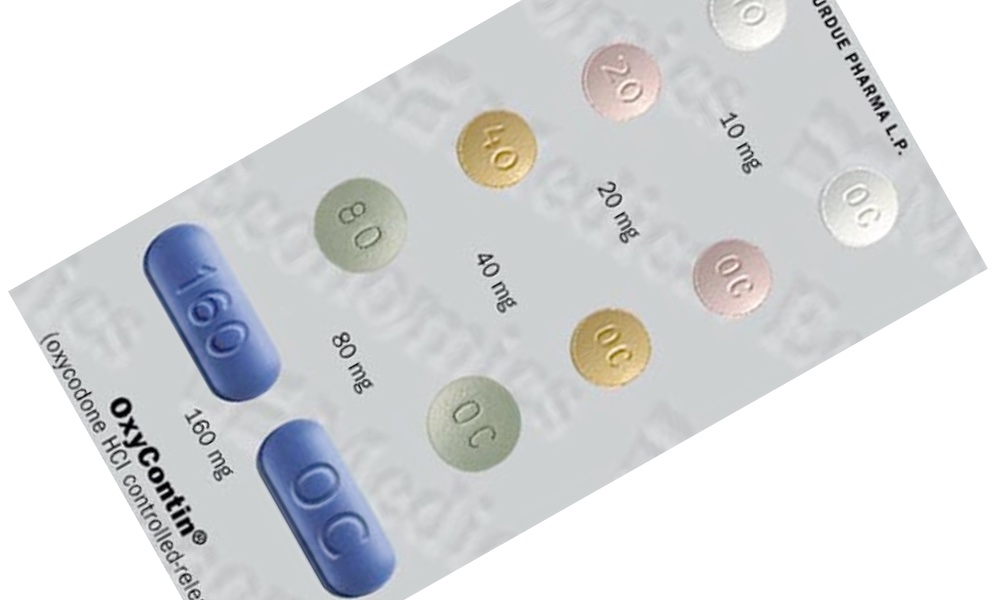The statistics on opioids are grim. According to the Centers for Disease Control and Prevention (CDC), up to 29 percent of patients who are prescribed opioids for pain, abuse the drug. What’s more, over 70 percent of drug overdose deaths in the U.S. in 2019 involved opioids.
So, it’s not surprising there are governmental guidelines and evolving regulatory policies for this dangerously addictive and potentially fatal drug. Many doctors have begun to reduce the prescribed daily dose of opioids for patients who take the drug for chronic pain, using a government-recommended method called “tapering” as one of the treatments for opioid addiction.
But as beneficial as tapering may be for patients’ health in the long run, it presents serious risks and challenges, and recent research shows the practice may require more careful oversight.There was a 68 percent increase in overdoses and twice as many mental health crises among tapered patients, as compared to patients who were not participating in dose tapering.
The team also compared how patients fared after dose tapering with those patients before, or without, tapering. There was a 68 percent increase in overdoses and twice as many mental health crises among tapered patients, as compared to patients who were not participating in dose tapering. The risk of these effects increased in patients with faster dose reductions and higher baseline doses.
Considering these results, you might expect that the researchers would recommend opioid drug tapering be abandoned. But they did not. They did suggest changes, however. At present, The Department of Health and Human Services (HHS) and the CDC recommend monitoring patients carefully during tapering while providing support, and the researchers saw their findings as aligned with this guidance.
“Our study supports the recent federal guidelines for clinicians considering opioid dose reduction for patients,” senior author, Joshua Fenton, professor and Vice Chair of Research in the Department of Family and Community Medicine at UC Davis, said in a press statement. “But I fear that most tapering patients aren’t receiving close follow-up and monitoring to make sure they’re coping well on lower doses.” It may also be necessary to be more selective when choosing candidates for tapering.
Getting off opioids, or even reducing one’s reliance on them, is a difficult, often painful process. These are highly-addicting substances. This study underscores how important it is for clinicians to stay in touch with their patients as they try to taper their doses so they can avoid negative consequences like overdoses and reduce the risk of suicide, depression or anxiety.





